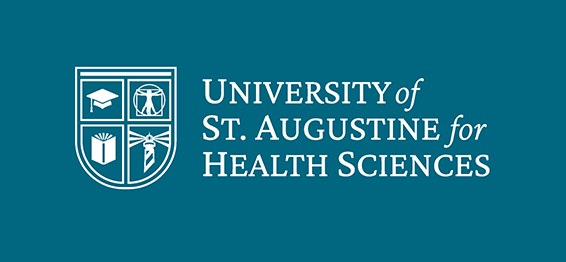IRB Number
IRB00003843
Date of Award
Spring 3-17-2024
Document Type
Scholarly Project
Degree Name
Doctor of Nursing Practice (DNP)
First Advisor
David Liguori, DNP, NP-C, ACHPN
Second Advisor
Mary T. Allegra, DNP, NPD-BC, NEA-BC
Abstract
Practice Problem: In the critical care unit it was identified that providers utilized various practices in managing patients who were to be terminally extubated (TE). The variations in TE practice resulted in healthcare providers engaging in the TE process feeling unsure of the care they were providing and questioning if best practice measures were being implemented.
PICOT: The PICOT question guiding this project was: “In acute care adult patients who are to be TE (P), how does the development of an evidence-based TE guideline (I) compared to current TE practices (C) improve critical care healthcare workers perception and ability to provide quality end-of-life care practices during the TE process (O) over ten weeks? (T)”
Evidence: An exhaustive literature search identifying best practice measures for TE resulted in 55 peer- reviewed articles. Ten studies were included after filtering for duplicates, keywords, and evaluating for strength and quality of the evidence.
Intervention: The project’s intervention was to develop and implement a TE guideline in a critical care unit. The Johns Hopkins Evidence-Based Practice Model for Nursing and Havelock’s Change Theory guided each step in the development and implementation of a three-phase TE guideline.
Outcome: A pre and post-survey was conducted to evaluate nurses’ change in perception and medication administration during the TE process. A two-tailed paired sample t-test was conducted resulting in both t- tests being not significant. However, the change in the mean score (0.27 difference in the standard deviation (SD) of pre and post-perception of TE and 0.22 difference in the SD of the pre and post-comfort in giving medications during TE) indicates clinical impact.
Conclusion: The ambiguity a healthcare provider has in their work can result in errors and frequent questioning of one's actions, bringing about feelings of inadequacy and workplace burnout. Developing a multidisciplinary, evidence-based terminal extubation guideline can offer healthcare providers guidance and confidence in their role during the TE process and ensure quality care is provided to patients and families as best practice methods are being provided.
Recommended Citation
Marica, H. (2024). Evidence-Based Practice for Terminal Extubation: A Guideline Development for Critical Care. [Doctoral project, University of St Augustine for Health Sciences]. SOAR @ USA: Student Scholarly Projects Collection. https://doi.org/10.46409/sr.HJXJ7723
Creative Commons License

This work is licensed under a Creative Commons Attribution 4.0 License.


Comments
Scholarly project submitted to the University of St. Augustine for Health Sciences in partial fulfillment of the requirement for the degree of Doctor of Nursing Practice.